Home>Storage & Organization>Kitchen Organizing Tools>How To Train A Dog To Use A Litter Box
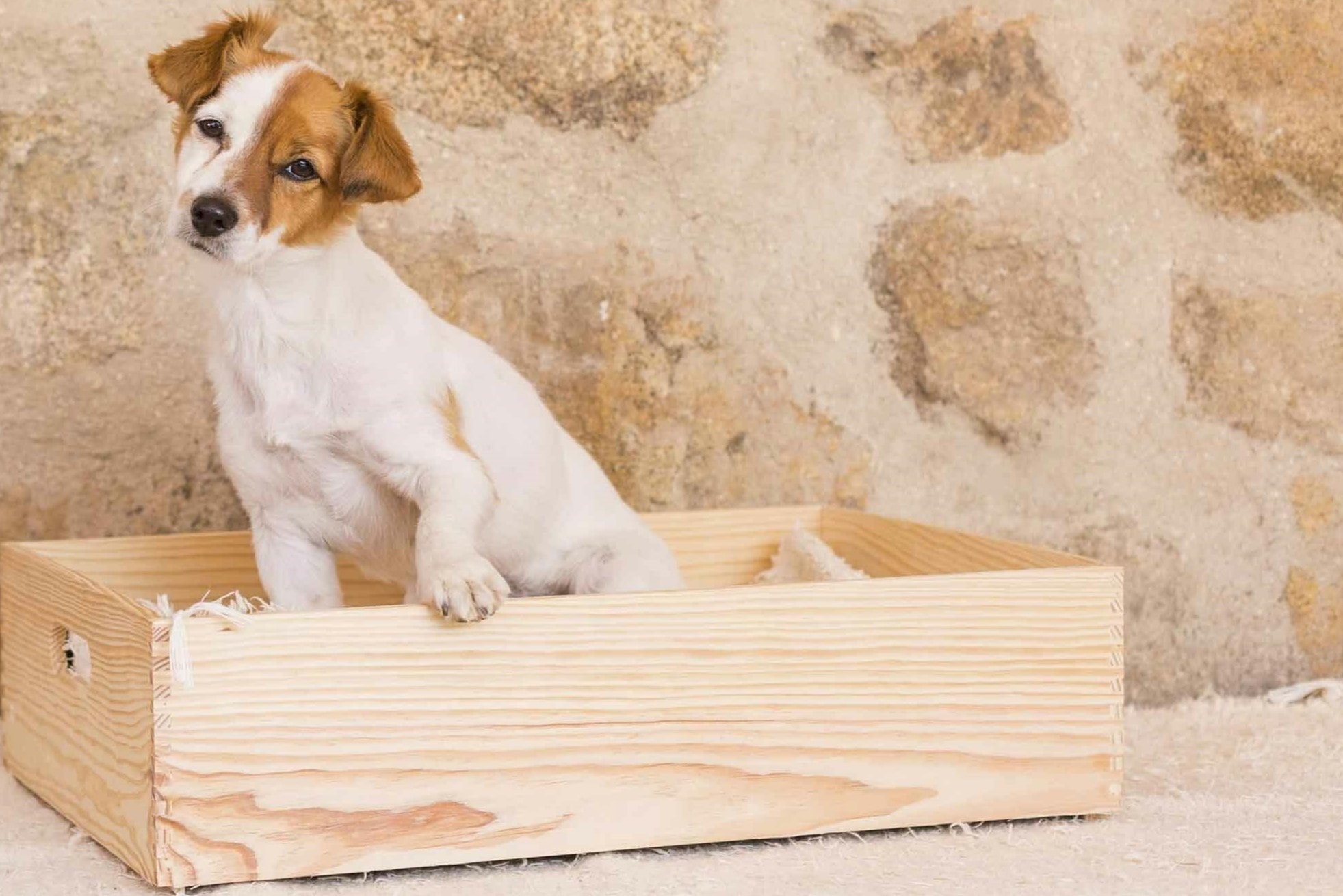

Kitchen Organizing Tools
How To Train A Dog To Use A Litter Box
Published: February 23, 2024
Learn how to train your dog to use a litter box with our expert tips and recommended kitchen organizing tools. Keep your home clean and your pet happy!
(Many of the links in this article redirect to a specific reviewed product. Your purchase of these products through affiliate links helps to generate commission for Storables.com, at no extra cost. Learn more)
Introduction
Training a dog to use a litter box can be a game-changer for pet owners. While it's commonly associated with cats, litter box training for dogs is a practical solution for various situations. Whether you live in an apartment, have limited outdoor space, or face challenges with regular outdoor potty breaks, teaching your dog to use a litter box can offer convenience and peace of mind.
Litter box training provides an indoor toileting option for dogs, offering a hygienic and manageable alternative to traditional outdoor bathroom breaks. This approach can be particularly beneficial for small dog breeds, elderly dogs, or those with mobility issues, as well as for pet parents who juggle busy schedules.
In addition to the practical advantages, litter box training can also be a valuable solution for pet owners residing in regions with extreme weather conditions. Harsh winters or scorching summers can make outdoor potty breaks uncomfortable or even unsafe for dogs. By introducing a litter box as an alternative potty spot, you can ensure that your furry companion's toileting needs are consistently met, regardless of the weather.
Moreover, for pet owners who travel with their dogs, litter box training can offer a sense of security and familiarity for their pets in unfamiliar environments. Whether staying in hotels or visiting friends and family, having a designated indoor toileting area can help reduce stress for both the dog and the owner.
Understanding the benefits of litter box training and the positive impact it can have on the lives of both dogs and their owners is the first step toward creating a harmonious indoor potty routine. In the following sections, we will delve into the essential aspects of training a dog to use a litter box, from selecting the right equipment to overcoming common challenges, and maintaining a successful training routine. Let's embark on this journey to discover the practical and rewarding world of litter box training for dogs.
Key Takeaways:
- Teaching your dog to use a litter box offers convenience for pet owners in apartments or extreme weather. It also helps elderly or small dogs and creates a familiar potty spot when traveling.
- Choosing the right litter box and using positive reinforcement are key to successfully training your dog. Consistency, patience, and a supportive environment are essential for maintaining a successful litter box routine.
Read more: How To Train A Ferret To Use A Litter Box
Understanding the benefits of training a dog to use a litter box
Training a dog to use a litter box offers a multitude of benefits for both pet owners and their canine companions. While traditionally associated with cats, litter box training for dogs has gained popularity due to its practicality and versatility. Understanding the advantages of this training approach can shed light on the positive impact it can have on the lives of dogs and their human families.
First and foremost, litter box training provides a convenient indoor toileting option for dogs, offering a hygienic and manageable alternative to outdoor bathroom breaks. This is particularly advantageous for pet owners living in apartments or urban areas where access to outdoor spaces may be limited. Additionally, for individuals with physical limitations or those residing in high-rise buildings, litter box training can alleviate the challenges of frequent outdoor potty trips, providing a practical solution for maintaining a clean living environment.
Moreover, small dog breeds, elderly dogs, or those with mobility issues can benefit significantly from litter box training. It offers them a consistent and accessible toileting option, promoting their comfort and well-being. By providing a designated indoor potty area, pet owners can ensure that their furry companions' toileting needs are met, regardless of their age or physical condition.
In regions with extreme weather conditions, such as harsh winters or scorching summers, outdoor potty breaks can be uncomfortable or even unsafe for dogs. Litter box training offers a reliable alternative, ensuring that dogs have a designated spot to relieve themselves indoors, regardless of the weather. This not only enhances the dogs' comfort and safety but also provides peace of mind for pet owners, knowing that their pets' toileting needs are consistently met.
For pet owners who travel with their dogs, litter box training can be a game-changer. It provides a familiar and secure toileting option for dogs in unfamiliar environments, such as hotels or temporary accommodations. This can reduce stress for both the dogs and their owners, offering a sense of routine and familiarity during travel.
Understanding the myriad benefits of litter box training for dogs underscores its practicality and positive impact on the lives of both pets and their human companions. By embracing this training approach, pet owners can create a harmonious indoor potty routine that promotes convenience, hygiene, and the overall well-being of their beloved canine friends.
Choosing the right litter box for your dog
Selecting the appropriate litter box for your dog is a crucial step in the process of litter box training. The right litter box should cater to your dog's size, habits, and preferences, ensuring a comfortable and effective toileting experience. Here are essential factors to consider when choosing a litter box for your dog:
Size and Accessibility
When choosing a litter box for your dog, consider the size and accessibility of the box. For small breeds, a compact and low-profile litter box may be suitable, while larger dogs may require a more spacious and durable option. The entrance should be easily accessible for your dog, allowing them to enter and exit the box comfortably.
Material and Durability
Opt for a litter box made from durable and easy-to-clean materials. Plastic or resin-based boxes are often preferred for their longevity and ease of maintenance. Additionally, consider the weight of the litter box, ensuring that it remains stable and secure during use.
Read more: How To Train A Puppy To Use A Litter Box
Litter Type Compatibility
Different dogs may have preferences for specific litter types. Some dogs may prefer traditional clay-based litter, while others may be more receptive to alternative options such as recycled paper or wood pellets. Experimenting with various litter types can help determine your dog's preferences and ensure their comfort during the training process.
Odor Control Features
Look for litter boxes equipped with odor control features to maintain a fresh and hygienic environment. Some litter boxes come with built-in carbon filters or antimicrobial properties, effectively minimizing odors and promoting a clean living space for both your dog and your household.
Location and Privacy
Consider the placement of the litter box within your home. Choose a quiet and accessible location that offers your dog privacy while using the box. Avoid high-traffic areas or areas with excessive noise, as these factors may deter your dog from using the litter box consistently.
Multiple Box Options
If you have multiple dogs or a multi-level home, providing multiple litter box options can be beneficial. This ensures that each dog has access to a designated toileting area, reducing potential conflicts and promoting a harmonious indoor potty routine.
By carefully considering these factors and selecting a litter box that aligns with your dog's needs and preferences, you can lay a solid foundation for successful litter box training. The right litter box plays a pivotal role in creating a comfortable and inviting toileting environment for your dog, ultimately contributing to a seamless transition to indoor potty habits.
Read more: How To Train A Hamster To Use A Litter Box
Steps to train your dog to use a litter box
Training your dog to use a litter box involves a gradual and patient approach, focusing on positive reinforcement and consistency. By following these essential steps, you can effectively introduce your dog to the concept of indoor toileting and establish a successful litter box routine.
-
Introducing the Litter Box: Begin by introducing the litter box to your dog in a familiar and comfortable environment. Place the box in a quiet and accessible location, allowing your dog to investigate and acclimate to its presence. Encourage positive associations by placing treats or toys near the box to create a positive and inviting atmosphere.
-
Encouraging Exploration: Once your dog shows curiosity towards the litter box, encourage them to explore it at their own pace. Avoid forcing or intimidating your dog to approach the box, as this can create negative associations. Instead, use gentle encouragement and praise to instill confidence and curiosity.
-
Positive Reinforcement: When your dog shows interest in the litter box or makes any attempts to interact with it, offer verbal praise and rewards. Positive reinforcement plays a pivotal role in the training process, as it reinforces desirable behaviors and encourages your dog to view the litter box as a positive and rewarding space.
-
Transitioning from Outdoor to Indoor: If your dog is accustomed to outdoor potty breaks, gradually transition them to using the litter box indoors. Accompany your dog to the litter box during regular potty times and encourage them to use it. Consistency is key during this phase, as it helps your dog understand the purpose of the litter box as an alternative toileting spot.
-
Establishing a Routine: Create a consistent toileting routine for your dog, incorporating regular visits to the litter box throughout the day. Pay attention to your dog's cues and behavior, guiding them to the box when they show signs of needing to relieve themselves. Over time, your dog will learn to associate the litter box with their toileting needs.
-
Maintaining Cleanliness: Keep the litter box clean and inviting by regularly removing waste and refreshing the litter. Dogs are more likely to use a clean and well-maintained box, so maintaining hygiene is essential for reinforcing positive litter box habits.
-
Patience and Persistence: Litter box training requires patience and persistence. Understand that accidents may occur during the training process, and it's important to remain patient and avoid punitive measures. Instead, focus on redirecting your dog to the litter box and reinforcing positive behaviors.
By following these steps and approaching the training process with patience and positivity, you can effectively train your dog to use a litter box. Consistency, positive reinforcement, and a supportive environment are key elements in helping your dog embrace indoor toileting habits, ultimately leading to a successful transition to using a litter box.
Common challenges and how to overcome them
Litter box training for dogs, while beneficial, can present certain challenges during the training process. Understanding these common hurdles and knowing how to overcome them is essential for a successful transition to indoor potty habits.
Accidents Outside the Box
One common challenge pet owners may encounter is accidents occurring outside the litter box. This can be attributed to various factors, including unfamiliarity with the box, inconsistent training, or underlying health issues. To address this challenge, it's crucial to reinforce positive behaviors by providing immediate redirection to the litter box when accidents occur. Avoid punitive measures and focus on encouraging your dog to use the designated toileting area.
Reluctance to Use the Box
Some dogs may initially show reluctance to use the litter box, especially if they are accustomed to outdoor potty breaks. To overcome this challenge, create a positive and inviting environment around the litter box. Use treats, toys, and verbal praise to encourage your dog's interest in the box. Additionally, gradually transitioning from outdoor to indoor toileting while maintaining consistency can help alleviate reluctance over time.
Preference for Outdoor Toileting
Dogs with a strong preference for outdoor toileting may exhibit resistance to litter box training. To address this challenge, gradually reduce outdoor potty breaks while increasing the frequency of visits to the litter box. Over time, your dog will adapt to the indoor toileting routine, especially when positive reinforcement and patience are consistently applied.
Multiple Dog Household Dynamics
In households with multiple dogs, competition or territorial behaviors around the litter box can pose a challenge. To overcome this, provide multiple litter box options, ensuring each dog has access to a designated toileting area. Additionally, monitor interactions and provide individualized positive reinforcement to promote a harmonious indoor potty routine for all dogs.
Health-Related Concerns
In some cases, underlying health issues or discomfort may impact a dog's willingness to use the litter box. If your dog consistently avoids the box or shows signs of distress during toileting, consult a veterinarian to rule out any medical conditions. Addressing potential health concerns is crucial for creating a positive and stress-free toileting experience for your dog.
By acknowledging these common challenges and implementing proactive strategies to overcome them, pet owners can navigate the litter box training process with confidence and patience. Consistency, positive reinforcement, and a supportive approach are key in addressing these hurdles and guiding dogs toward successful indoor potty habits.
Tips for maintaining a successful litter box training routine
Consistency is key when it comes to maintaining a successful litter box training routine for your dog. Once your dog has embraced the concept of using the litter box for indoor toileting, it's essential to uphold a supportive and structured environment to reinforce positive habits. Here are valuable tips to ensure the continuity and effectiveness of your dog's litter box training:
-
Regular Monitoring and Reinforcement: Keep a close eye on your dog's toileting behavior and provide consistent reinforcement for using the litter box. Positive verbal praise, treats, or affectionate gestures can serve as powerful motivators, reinforcing the desired behavior and encouraging your dog to continue using the designated toileting area.
-
Hygiene Maintenance: Maintain the cleanliness of the litter box by promptly removing waste and refreshing the litter as needed. A clean and inviting environment is crucial for encouraging your dog to consistently use the box. Regular maintenance also contributes to a hygienic living space for both your dog and your household.
-
Observing Behavioral Cues: Pay attention to your dog's behavioral cues and signals indicating the need to relieve themselves. By recognizing these cues, such as restlessness, sniffing, or circling, you can proactively guide your dog to the litter box, reinforcing the association between their toileting needs and the designated area.
-
Consistent Schedule: Establish and maintain a consistent toileting schedule for your dog. Regular visits to the litter box, especially after meals, playtime, and waking up, help reinforce the routine and minimize the likelihood of accidents. Consistency in the schedule contributes to your dog's understanding of the expected toileting times.
-
Positive Environment: Create a positive and inviting environment around the litter box. Incorporate elements that your dog associates with comfort and positivity, such as favorite toys, soothing scents, or gentle lighting. This helps foster a welcoming atmosphere, encouraging your dog to view the litter box as a comfortable and safe space for toileting.
-
Addressing Changes or Challenges: Be attentive to any changes in your dog's behavior or environment that may impact their litter box habits. Addressing challenges promptly, such as relocation, travel, or household adjustments, can help maintain consistency in your dog's toileting routine and prevent disruptions in their litter box training.
By implementing these tips and maintaining a supportive and structured approach, you can effectively uphold a successful litter box training routine for your dog. Consistency, positive reinforcement, and a keen understanding of your dog's needs are fundamental in nurturing and sustaining positive indoor potty habits, ultimately contributing to a harmonious living environment for both you and your beloved canine companion.
Read more: How To Train A Stray Cat To Use A Litter Box
Conclusion
In conclusion, the journey of training a dog to use a litter box is a transformative and rewarding experience for both pet owners and their canine companions. The benefits of litter box training extend far beyond convenience, offering practical solutions for various living situations and enhancing the overall well-being of dogs. By understanding the advantages of this training approach and embracing the essential steps involved, pet owners can create a harmonious indoor potty routine that promotes hygiene, comfort, and peace of mind.
Choosing the right litter box sets the stage for a successful training process, emphasizing the importance of size, material, litter type compatibility, and location. By carefully considering these factors, pet owners can create a comfortable and inviting toileting environment for their dogs, laying a solid foundation for successful litter box training.
The steps to train a dog to use a litter box encompass patience, positive reinforcement, and consistency. From introducing the litter box to maintaining cleanliness and establishing a routine, each step plays a crucial role in guiding dogs toward embracing indoor potty habits. Overcoming common challenges, such as accidents outside the box or reluctance to use it, requires proactive strategies and a supportive approach, ultimately contributing to the success of the training process.
Maintaining a successful litter box training routine involves ongoing dedication to hygiene, reinforcement, and a keen understanding of a dog's behavioral cues. By upholding a consistent schedule, creating a positive environment, and addressing changes or challenges promptly, pet owners can ensure the continuity and effectiveness of their dog's litter box training, fostering a harmonious living environment for both the dog and the household.
In essence, the journey of training a dog to use a litter box is a testament to the bond between pet owners and their beloved dogs. It reflects the commitment to providing a safe, comfortable, and nurturing environment for canine companions, ultimately enhancing the quality of life for both pets and their human families. Embracing the practicality and benefits of litter box training opens doors to new possibilities, offering a seamless and convenient solution for indoor potty needs, regardless of living circumstances or environmental factors.
As pet owners embark on this transformative journey, the rewards of litter box training extend far beyond the training process itself, fostering a deeper connection and understanding between dogs and their human companions. It is a journey of patience, positivity, and unwavering dedication, culminating in the creation of a harmonious and hygienic indoor potty routine that enriches the lives of both dogs and their loving owners.
Frequently Asked Questions about How To Train A Dog To Use A Litter Box
Was this page helpful?
At Storables.com, we guarantee accurate and reliable information. Our content, validated by Expert Board Contributors, is crafted following stringent Editorial Policies. We're committed to providing you with well-researched, expert-backed insights for all your informational needs.
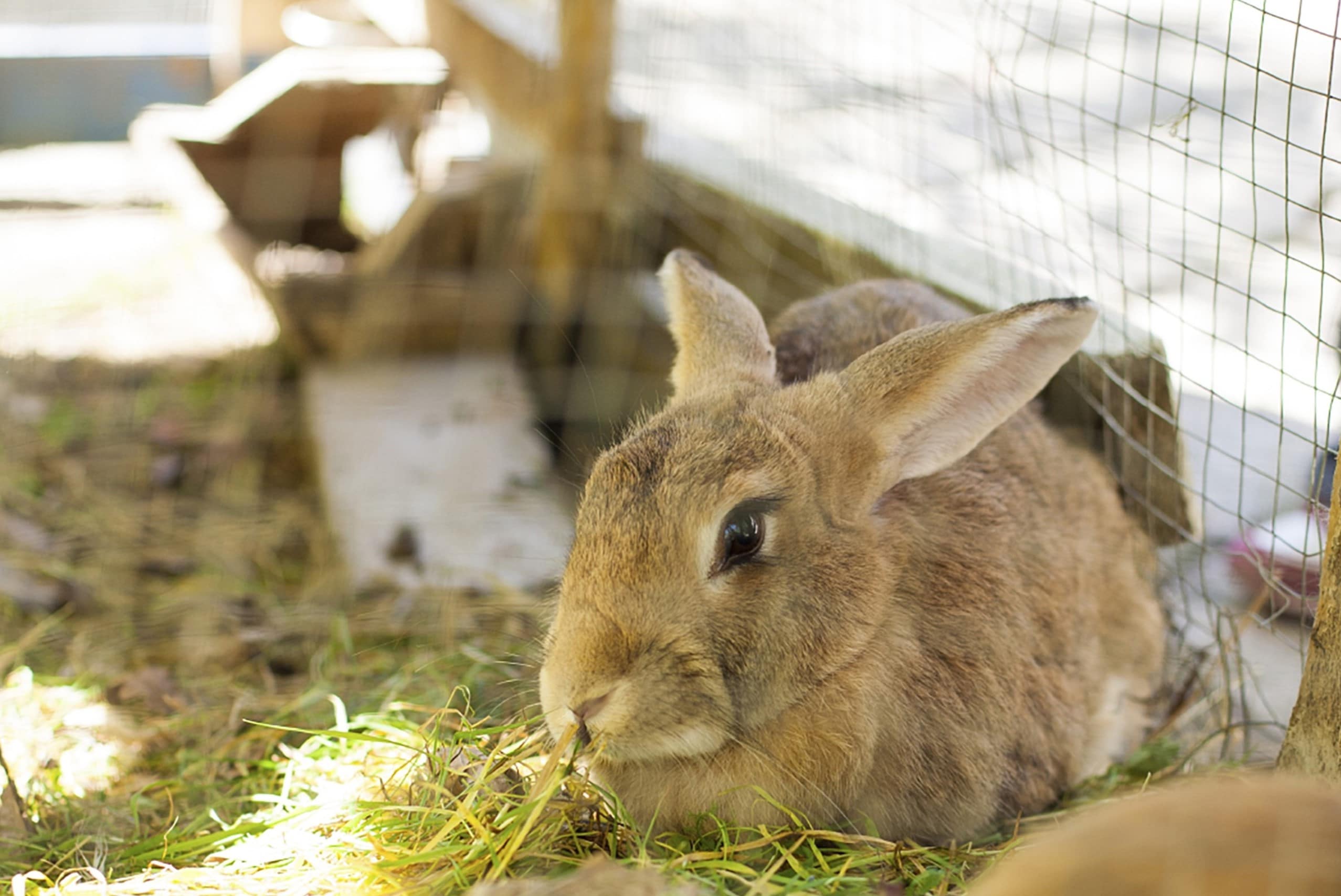
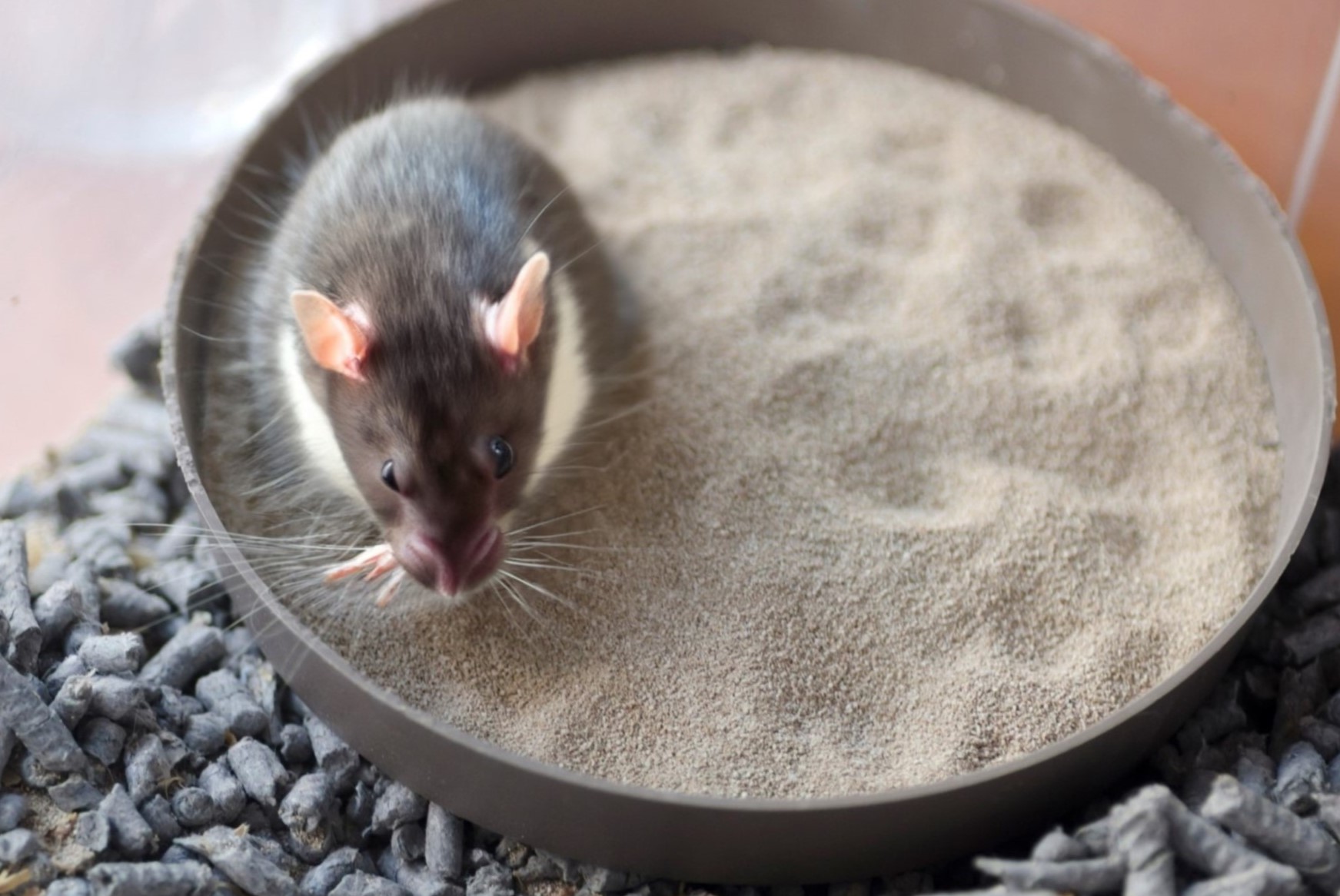
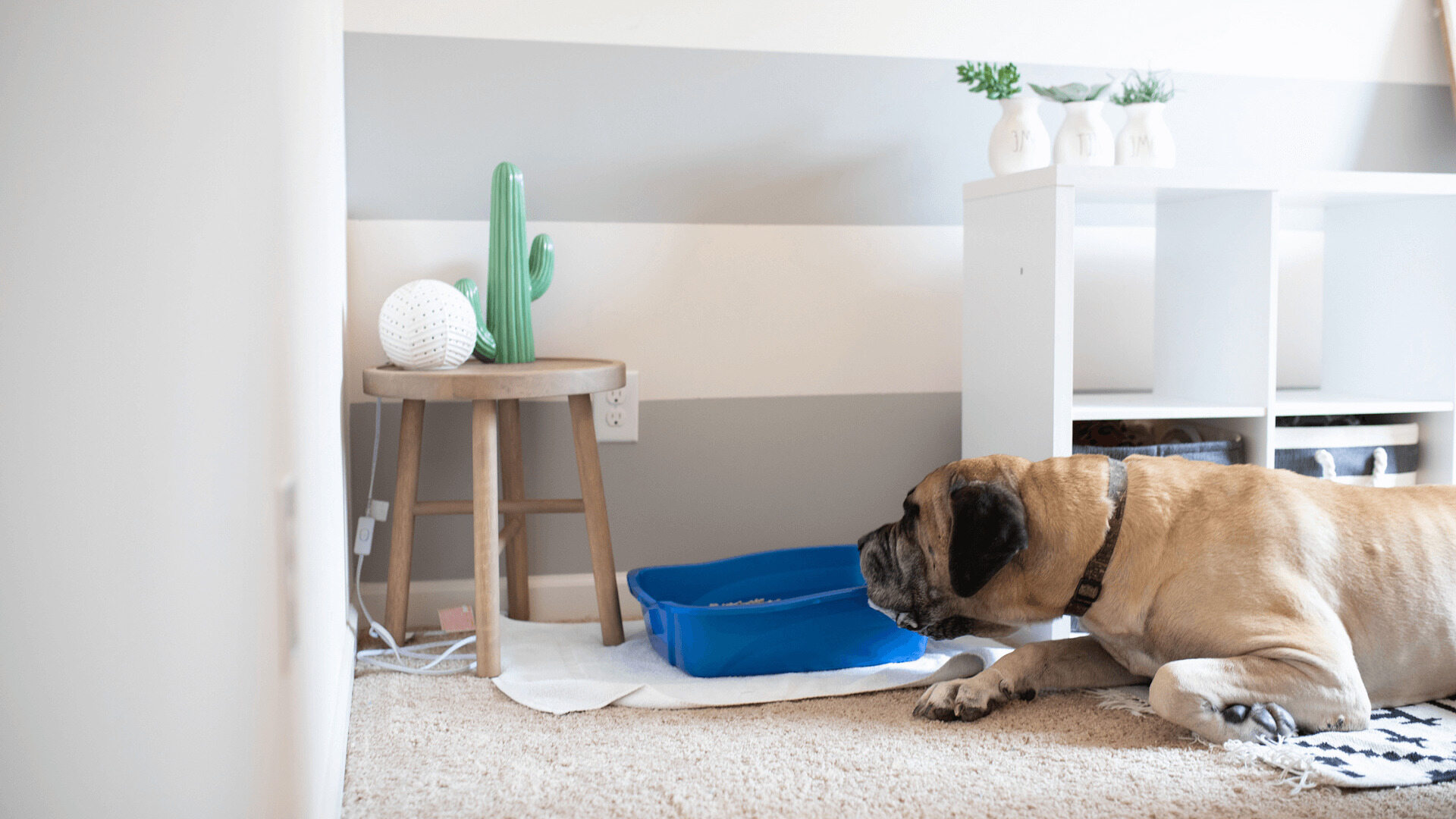
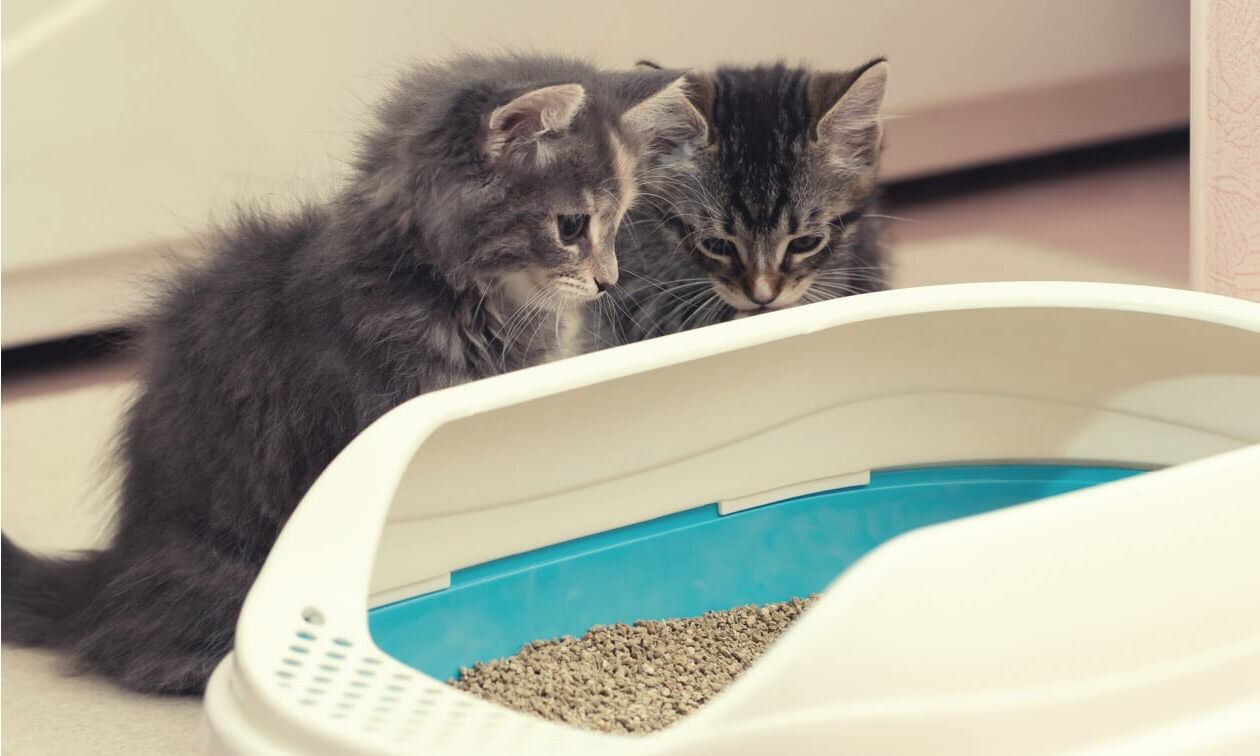
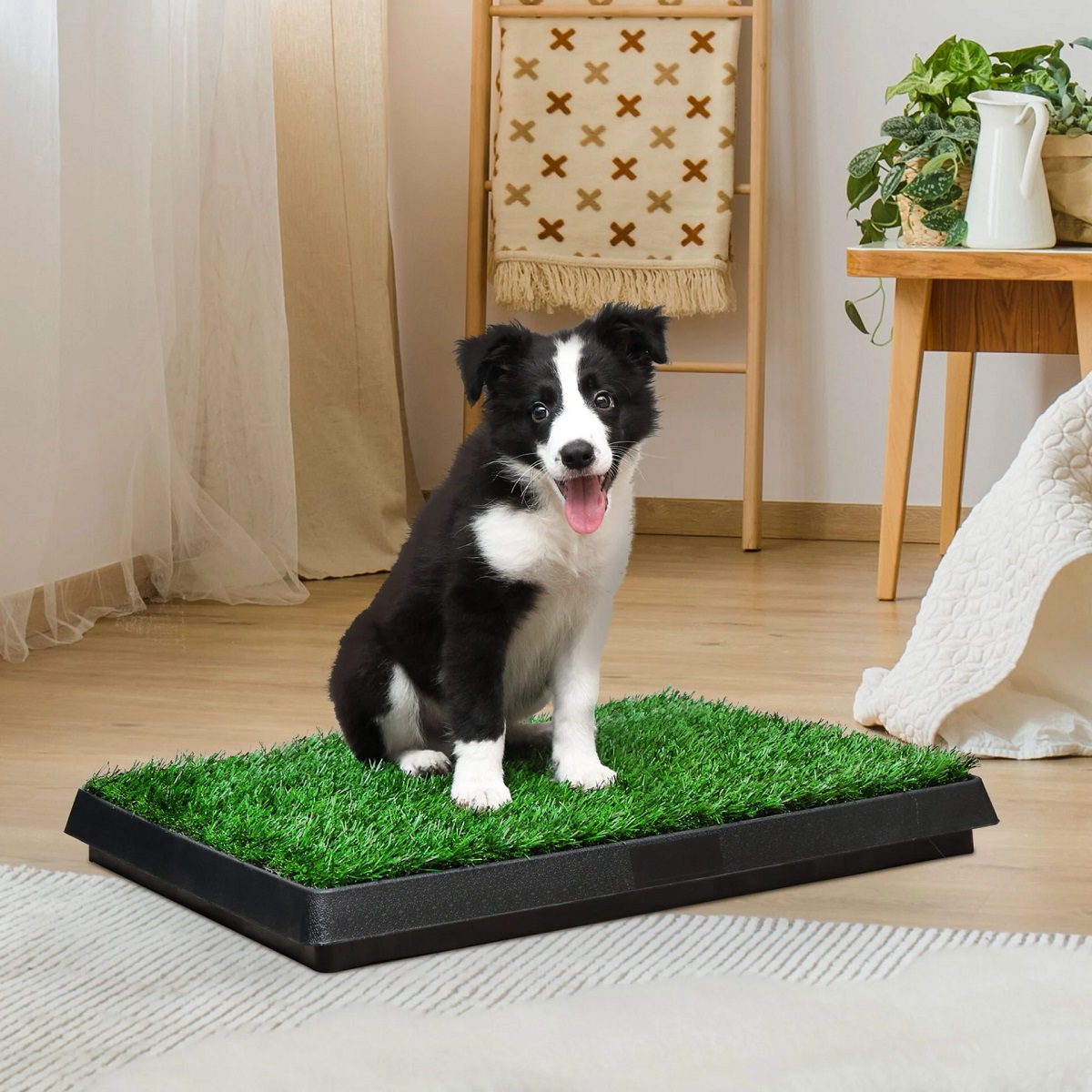
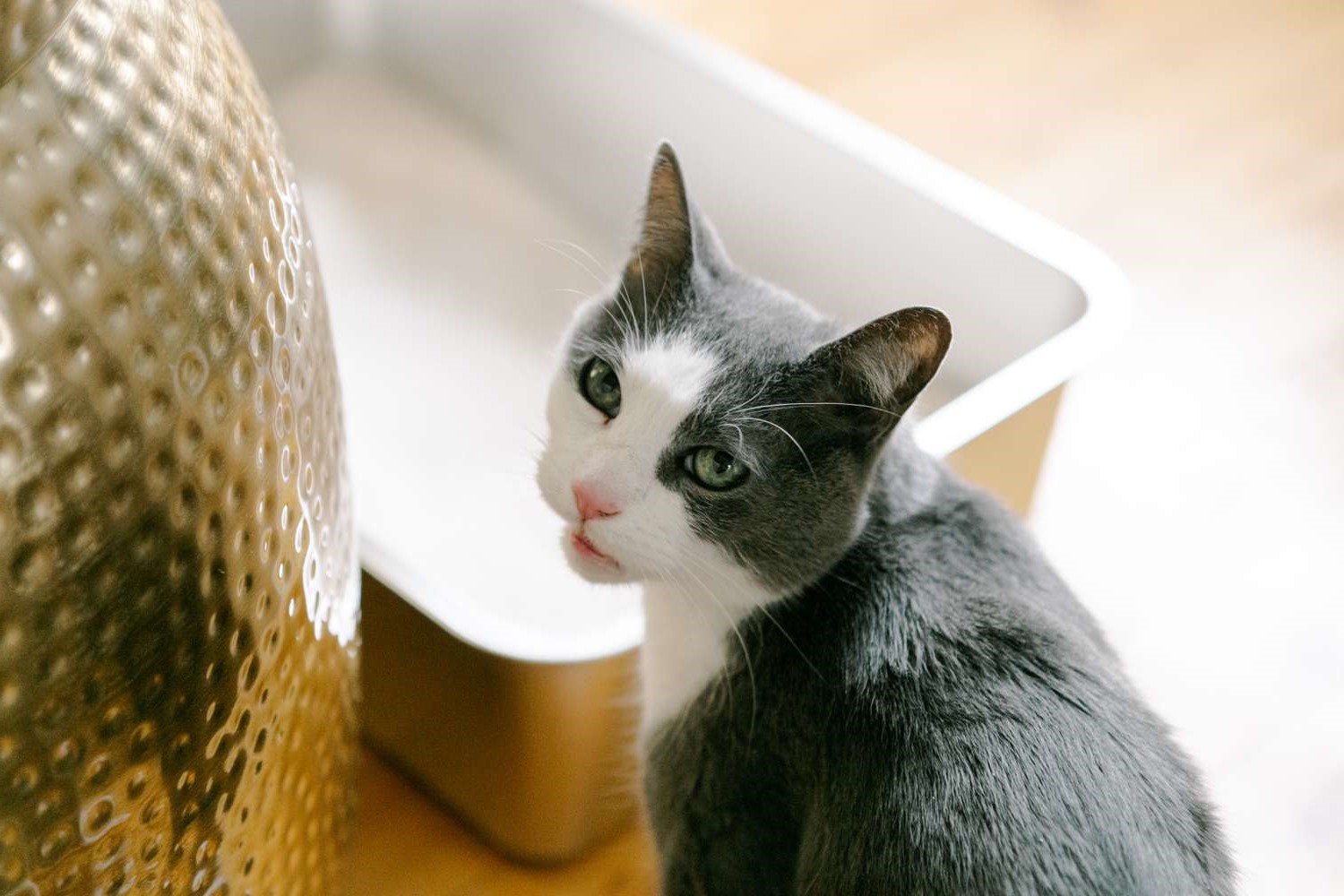
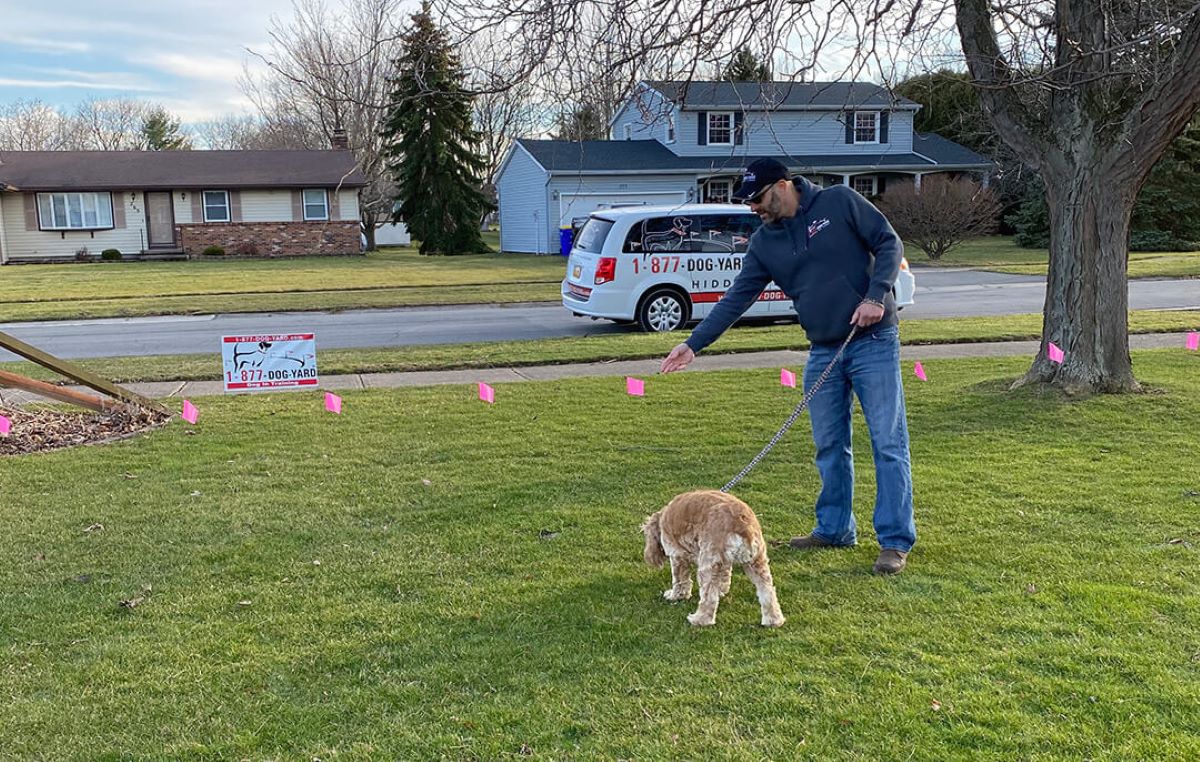
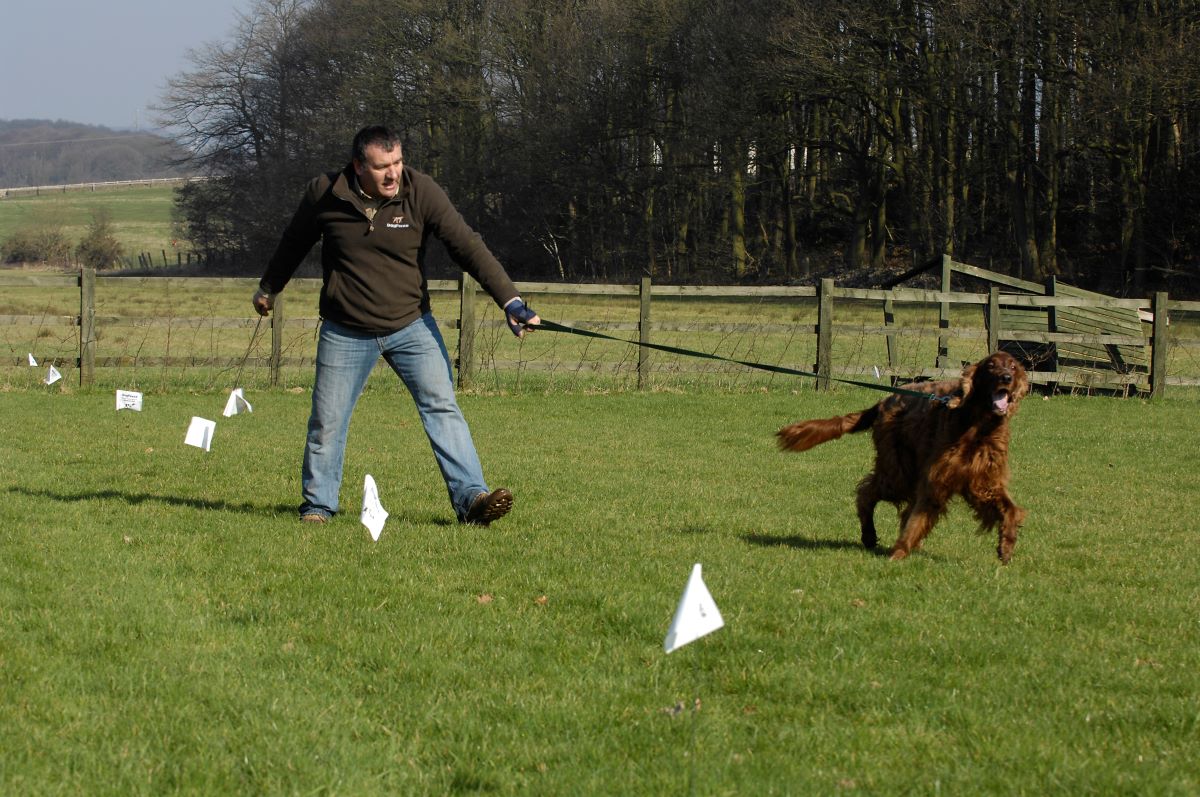
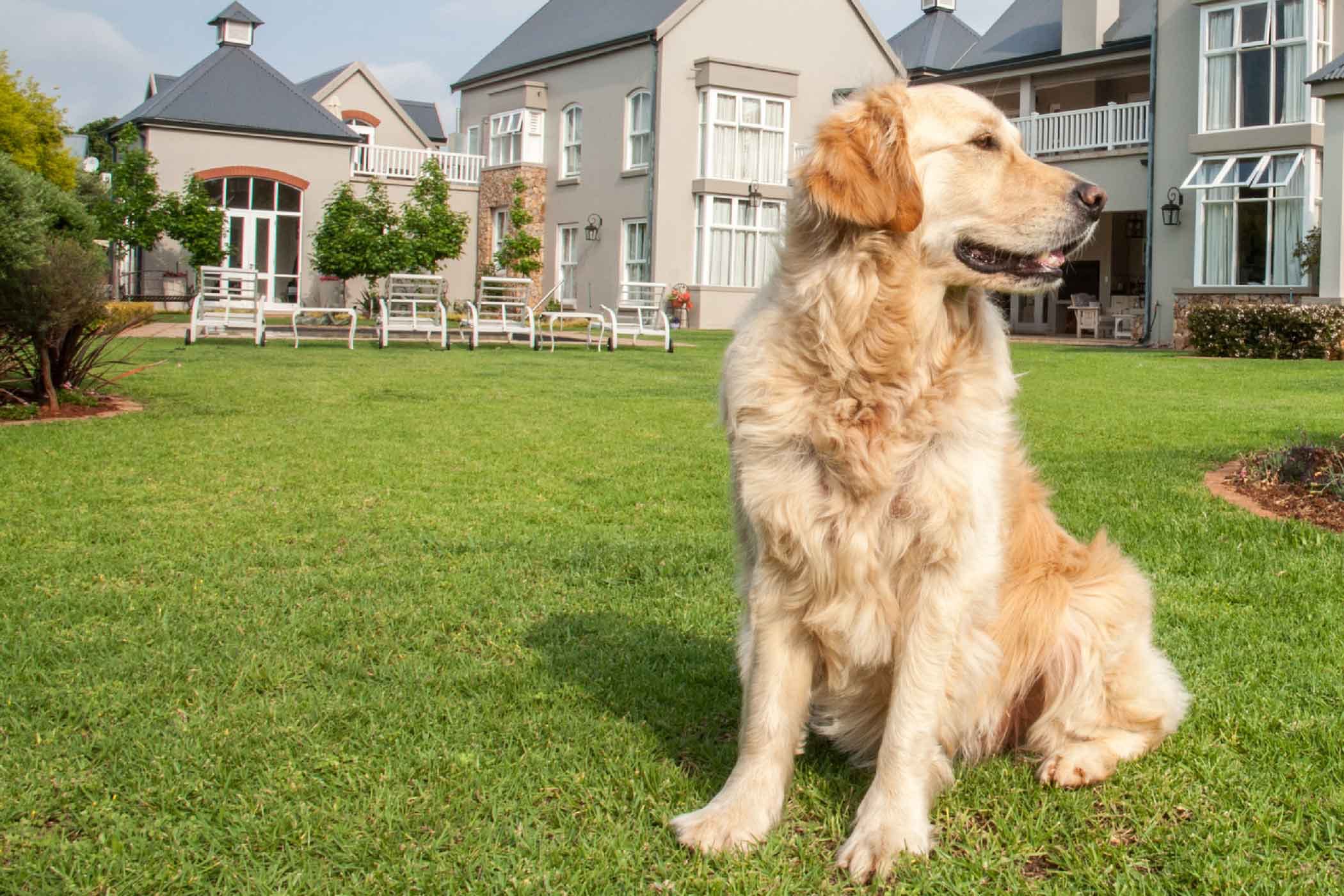

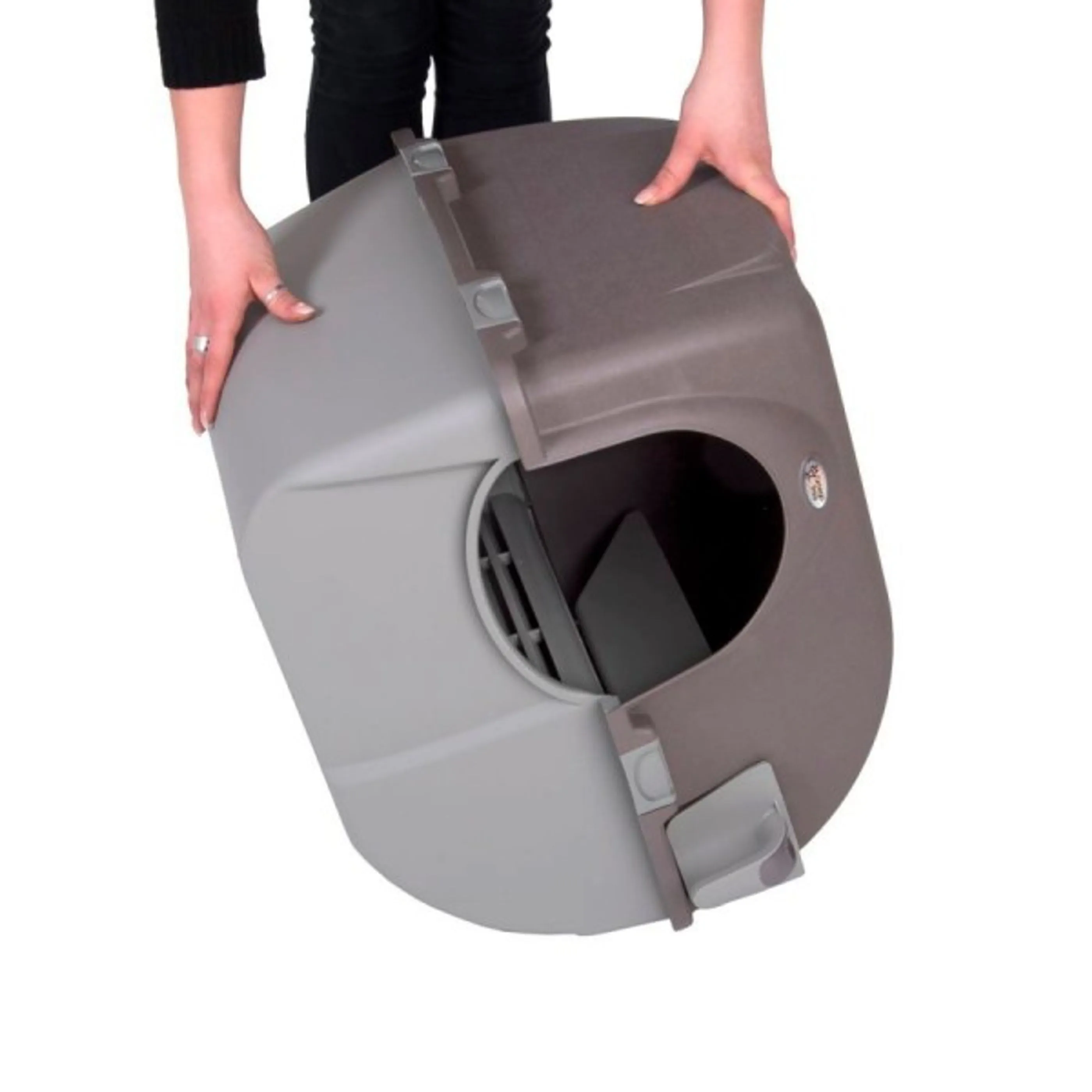

0 thoughts on “How To Train A Dog To Use A Litter Box”